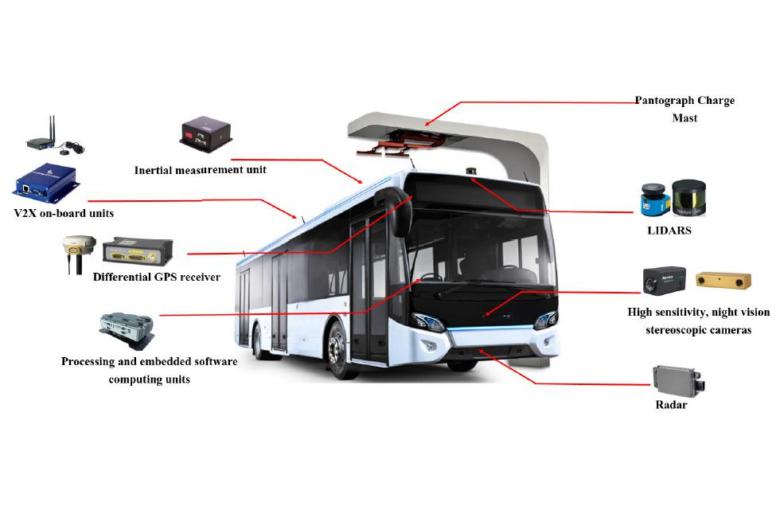Driverless buses in 2018: Rigorous trials before self-driving buses hit the road
Sign up now: Get ST's newsletters delivered to your inbox

One of the self-driving buses to be deployed in the trial.
PHOTO: LTA
Adrian Lim
Follow topic:
Self-driving buses will be put through rigorous trials before they are allowed on the road, said researchers.
This will include testing the vehicles' software and putting the buses on a test track, said Professor Subodh Mhaisalkar, executive director of the Nanyang Technological University's (NTU) Energy Research Institute (ERI@N).
Such buses will first be tested at NTU in two years' time, in a collaboration between the institute and the Land Transport Authority (LTA). This pilot will involve two electric-hybrid buses plying between NTU and the nearby CleanTech Park.
But the announcement of the project yesterday came amid safety concerns over driverless vehicles, in the wake of an accident involving a driverless car and a lorry at one-north just the day before. It is believed to be the first accident involving a self-driving car in Singapore.
Prof Subodh said ERI@N will build on its experience of running self-driving electric shuttles since 2013. The shuttles, called Navia, can carry up to eight passengers and are built by French firm Induct Technologies.
The autonomous driving software will be tested against different road scenarios here. This could involve motorcycles cutting into lanes or motorists changing lanes without signalling, Prof Subodh added.
The institute also plans to run the self-driving buses on a 1.8ha test circuit at CleanTech Park being developed by LTA and JTC, before putting them on the road.
On the road, the buses will travel at a top speed of 40kmh, and their batteries will be charged when there is a chance, such as when they stop at a bus stop or depot. The buses will have an operator on board to help commuters.
Responding to yesterday's announcement, National Transport Workers' Union executive secretary Melvin Yong said the union views the development with "both interest and concern".
Experts said that while bus drivers could be made redundant in future with the use of such vehicles, there will be new jobs created too.
"For example, they can handle the vehicle fleet management system in a control room, doing supervisory monitoring and control of the fleet of autonomous vehicles." said Associate Professor Marcelo Ang, acting director of the National University of Singapore's (NUS) Advanced Robotics Centre.
NUS transport researcher Lee Der Horng said self-driving buses could be a "timely solution" to the shortage of bus drivers.
But he added that machines can never fully replace drivers. "Without the driver, you must find a way to monitor the passengers' behaviour, including their intentions."

